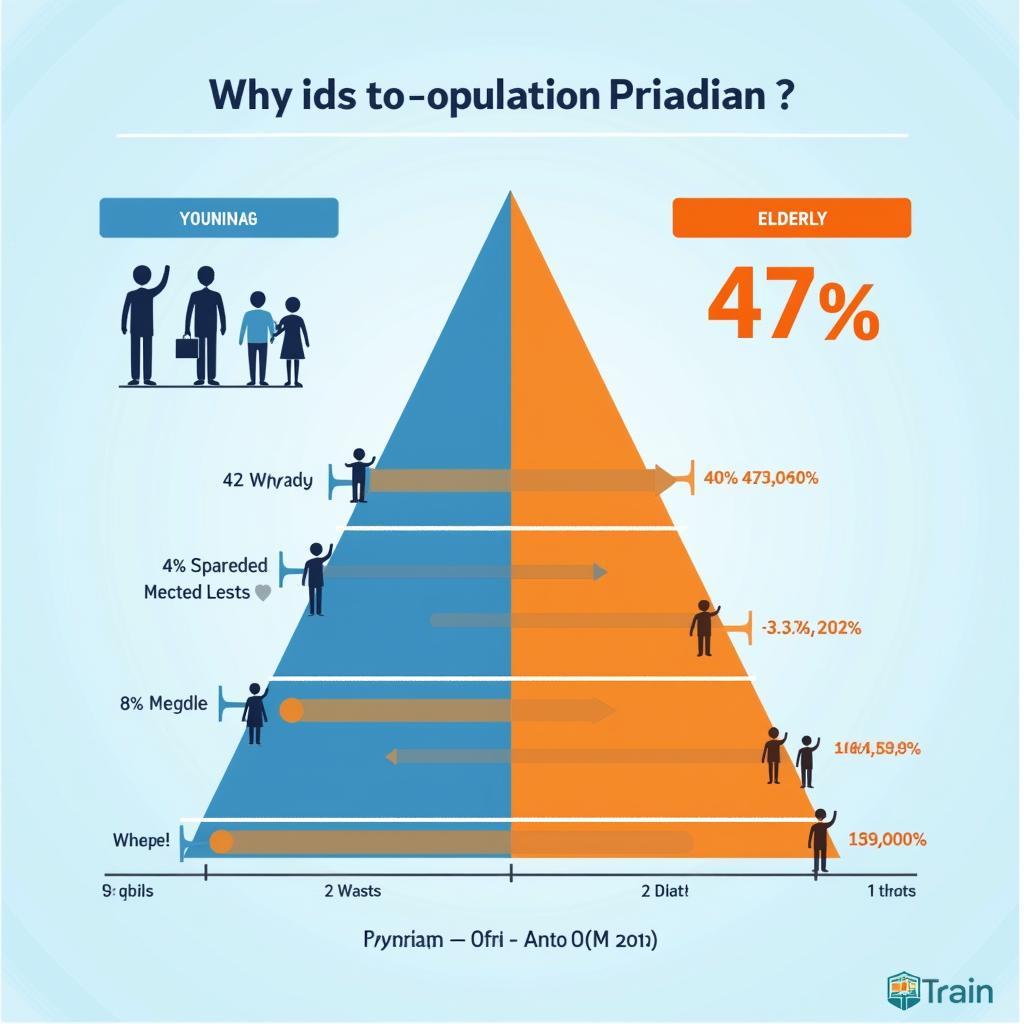As an experienced IELTS examiner, I’ve noticed that questions about demographic changes and age groups frequently appear in IELTS Speaking tests. Let’s explore how to tackle this topic effectively and describe a recent experience you had in a park where you observed different age groups interacting.
Part 1: Introduction and Interview Questions
Common questions include:
- Do you think there are more young or old people in your country?
- How is the relationship between young and old people in your society?
- What can young people learn from older generations?
Sample Answer (Band 8-9):
“In my country, we’re experiencing a demographic transition where the younger population still outnumbers the elderly, but the gap is gradually narrowing. The relationship between generations is generally harmonious, though there are occasional cultural gaps in terms of values and lifestyle choices.”

Part 2: Cue Card
Describe a situation where you noticed a significant difference between young and old people
You should say:
- What the situation was
- Where and when it happened
- Who was involved
- Why you noticed this difference
Sample Answer (Band 8-9):
“I’d like to share an experience from describe a neighborhood in your city you often visit where I observed a fascinating interaction at a community technology workshop. The event took place at our local community center last month, bringing together teenagers and senior citizens.
The stark contrast became apparent when the youngsters were effortlessly navigating through various apps and digital platforms, while the elderly participants were grappling with basic smartphone functions. However, what truly caught my attention was how this initial gap led to a beautiful exchange of knowledge. The seniors shared their life experiences and wisdom about personal communication, while the young people demonstrated remarkable patience in explaining technology.
This experience really highlighted the complementary nature of different generations and how they can bridge the generational divide through mutual understanding and respect.”
Part 3: Discussion Questions
Q1: How has the relationship between generations changed in recent years?
Band 8-9 Response:
“The relationship has undergone a profound transformation due to technological advancement and social changes. While traditional societies describe a law that you would like to change to better protect both age groups, we’re seeing more intergenerational collaboration in modern workplaces. The digital revolution has created both challenges and opportunities for cross-generational understanding.”
Key Vocabulary and Expressions:
- Demographic transition (n.) /ˌdeməˈɡræfɪk trænˈzɪʃən/: The shift in population age structure
- Intergenerational divide (n.) /ˌɪntəˌdʒenəˈreɪʃənəl dɪˈvaɪd/: The gap between different age groups
- Bridge the gap (idiom): To reduce differences between groups
- Profound transformation (collocation): Deep, fundamental change
- Complementary nature (phrase): How different elements work together effectively
Tips for High Scoring:
- Use specific examples to support your points
- Incorporate advanced vocabulary naturally
- Show balanced perspectives on both age groups
- Maintain fluid delivery with appropriate pausing
- Demonstrate critical thinking through analysis
Remember to practice these structures and vocabulary items in context to achieve natural fluency during the actual test.